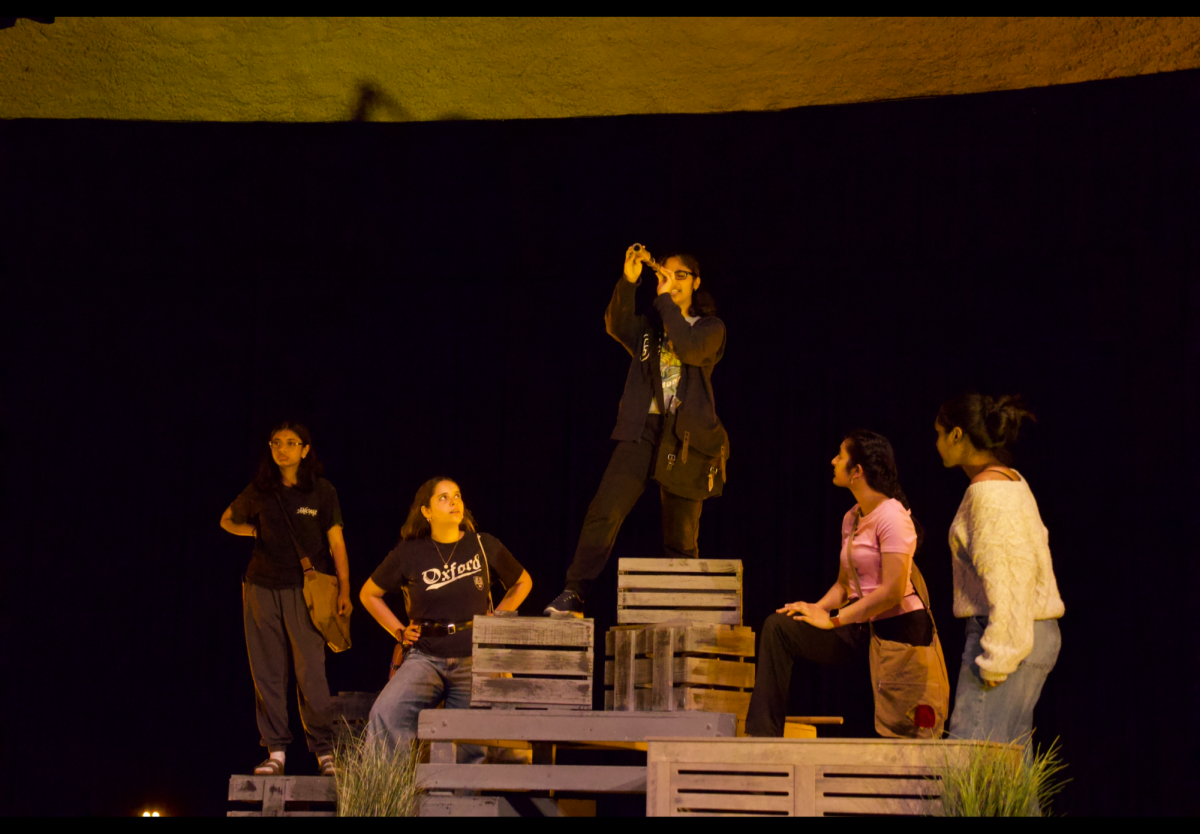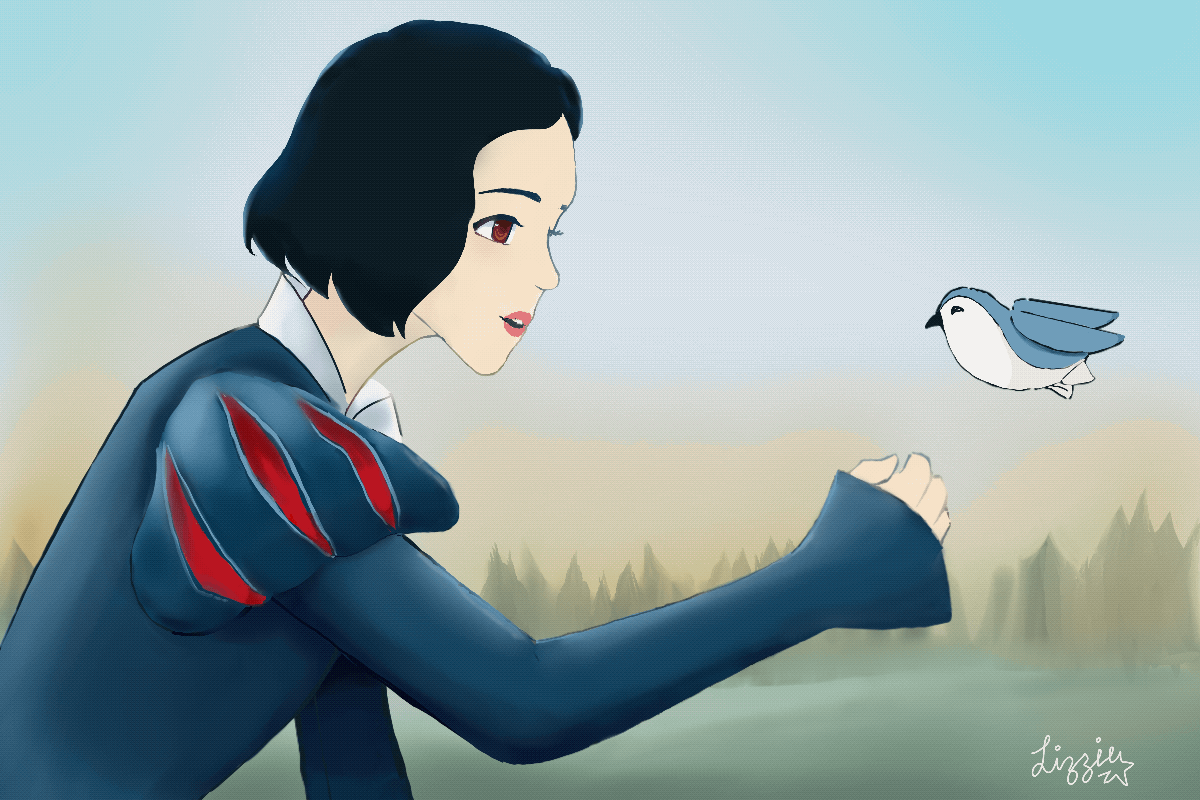Since its announcement on June 6, fans of the highly-praised teen dystopian trilogy The Hunger Games by Suzanne Collins have been anticipating the release of the fifth installment in the series, Sunrise on the Reaping. The novel, released March 18, tells the story of the Second Quarter Quell Hunger Games through the perspective of its victor Haymitch Abernathy.
In the original trilogy, Haymitch serves as a mentor to the protagonists Katniss Everdeen and Peeta Mellark as they are selected as tributes for the country of Panem’s 74th and 75th annual Hunger Games. In the original book, he is portrayed as a short-tempered alcoholic who provides little help to the protagonists.
But as the series continues, his character is adored by fans for his resilience and strategic planning. In the second novel of the series Catching Fire, we get a brief glimpse into the story of Haymitch’s games and how he wins. That year being a Quarter Quell, it has double the tributes and makes the Games much more difficult.
In the beginning of Sunrise on the Reaping, we get a closer look at Haymitch’s life before the reaping and learn about his relationship with the people in the district. We learn about his romantic relationship with Lenore Dove Baird. The introduction of Lenore Dove is a highlight of the novel. The relationship between her and Haymitch feels genuine and is a strong part of the plot. I care about her character and knowing her ill fate makes their relationship much more gut wrenching.
At a climax in the Games and retelling of a story we heard during the original trilogy, Haymitch discovers a force field at the edge of the arena and uses it by throwing an axe that returns and defeats his final opponent, winning the Games. However, his act of defiance and outsmarting the Capitol’s arena angers President Snow. In a heartbreaking result, the Capitol targets and kills his family and Lenore Dove.
What keeps this book from being enjoyable is the Easter eggs placed solely as an act of fan service. Characters and objects from the original trilogy were added simply to make the readers go “Woah, I know who/what that is!”
For example, the addition of the original tribute escort Effie Trinket feels too artificial, as if she was placed purely as nostalgia bait. It takes away from Drusilla Sickle, a new character who gains my attention as the tribute’s escort. Additionally, after an intense and emotional scene in the arena, Haymitch is described to sit in a clump of the plant katniss after. This line is an obvious and unnecessary nod to the protagonist of the trilogy, Katniss.
The plot spends too much time set during the actual Games and I wish readers could experience more of the story outside of the arena, similar to the 2020 prequel book The Ballad of Songbirds and Snakes. Spending the majority of the story waiting for an ending we already knew took much of the suspense away.
Despite its flaws, The Sunrise on the Reaping is a well-written and enjoyable read adding nice depth to the Hunger Games universe. I appreciate how it provided details, connections and explanations tied into storylines from the other books and enriched the overall narrative. The series could stand on its own without this installment, but it is still a nice addition. Learning more about Haymitch’s Games adds a new layer of understanding that fans of the series likely appreciate.
Follow Ainsley (@ainsleydwyer) and @CHSCampusNews on X.

















